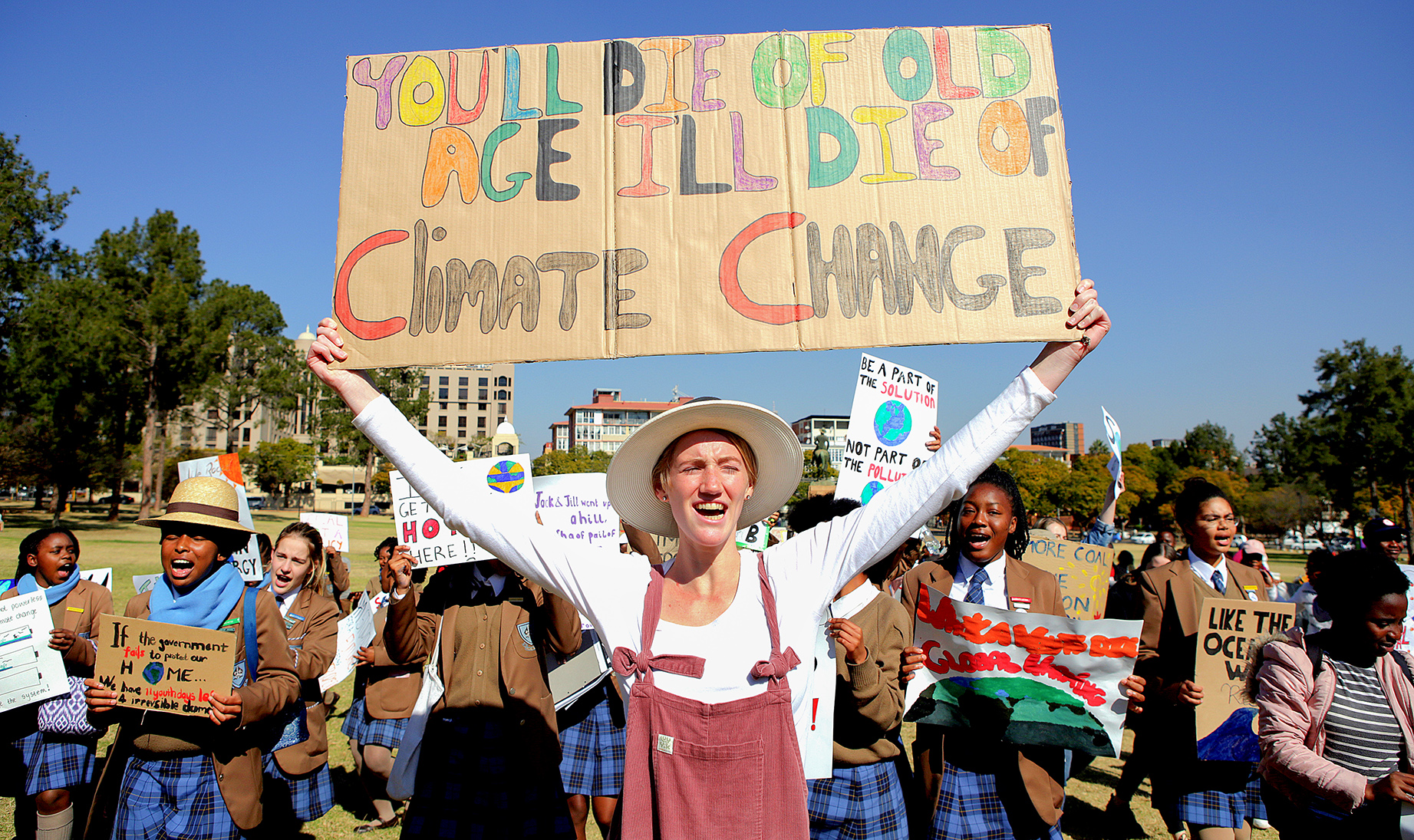As world leaders, legislators and civil society organisations gear up for the COP30, just 12 days away, the United Nations Environment Programme (Unep) says developing nations are not receiving anywhere near the finance needed to adequately adapt to the world’s changing climate.
On Wednesday, the Unep released its 2025 edition of the Adaptation Gap Report, which tracks the money contributed to developing nations’ climate adaptation plans and found that countries in Africa, Asia and South America required 12-14 times more financial support than that currently being provided.
The report, titled Running on Empty: The world is gearing up for climate resilience without the money to get there, found that countries that contributed least to climate change, but experienced the worst consequences, needed between $310-billion and $365-billion annually by 2035 to properly protect themselves from climate shocks.
/file/dailymaverick/wp-content/uploads/2025/10/Screenshot-2025-10-29-171409.jpg)
However, in 2023, wealthier nations made only $26-billion in international adaptation finance available to developing nations. Contributions decreased by $2-billion between 2022 and 2023.
If this trend persists, developed nations will not only miss the estimated $40-billion adaptation finance goal by 2025, but will also fall short of meeting the new collective quantified goal, which aims for $300-billion annually by 2035 for both mitigation and adaptation.
/file/dailymaverick/wp-content/uploads/2025/10/Screenshot-2025-10-29-171514.jpg)
The adaptation gap report essentially found that while developing nations are putting the work in to make themselves more climate resilient by putting national adaptation plans in place, the money to operationalise them continues to fall short.
/file/dailymaverick/wp-content/uploads/2025/03/Palala-tributary-in-flood-February-2025-1.jpg)
/file/dailymaverick/wp-content/uploads/2025/04/WhatsApp-Image-2023-02-09-at-17.23.49.jpeg)
Climate change adaptation is about the measures put in place to reduce a nation and its population’s vulnerability to extreme weather events. It can manifest in plans to plant crops that can withstand increased temperatures, developing emergency alert systems or building infrastructure that can withstand extreme flooding.
/file/dailymaverick/wp-content/uploads/MC-ECDroughtRecord-Estelle.jpg)
Read more: Climate justice in focus: How the wealthy fuel extreme weather through consumption and investments
Rise of debt trap finance
Of the funding that was made available in 2023, the report noted a growing trend in which developed nations were saddling lower-income countries with non-concessional loans.
Non-concessional loans carry at, or near, market interest rates. Concessional finance is considered to be much softer.
Speaking during a media briefing on Wednesday, Henry Neufeld, chief scientific editor of the report, said that it was worrisome that non-concessional loans exceeded concessional loans for the first time in 2023. He said that for many vulnerable developing countries, this trend threatened to increase debt burdens while trying to fund adaptation projects, limiting their future capacity to invest in resilience.
While the new collective quantified goal highlighted the need for concessional loans and “non-debt creating” finance, the report found that loans and other forms of “debt instruments” comprised “58% on average” of international adaptation finance in 2022-23.
“As nations prepare to meet at COP30, the Adaptation Gap Report delivers a clear message: we need a global push to fill the adaptation finance tank from both public and private sources. Even amid tight budgets and competing priorities, the smart choice is to invest in adaptation now – to minimise loss of life, reduce damage to infrastructure and protect economies. It is pay now or pay far more later,” Unep executive director Inger Andersen said.
Read more: Can Africa shift from victim to player at COP30?
SA to push for more adaptation finance
With critical international talks scheduled at COP30 in Belém, Brazil, next month, Environment Minister Dion George has indicated that access to adequate adaptation finance is one of SA’s top priorities.
Speaking on 20 October at a national stakeholder consultation ahead of COP30, George said, “We are already feeling the effects of a changing climate through extreme rainfall, flooding and unseasonal snowfall. Our adaptation goals focus on water and sanitation infrastructure, disaster risk management and climate-related health systems, food security, resilient human settlements, early warning systems, ecosystem restoration and capacity building across all spheres of government.”
However, for these adaptation goals to be implemented, adequate financing is required. George said South Africa would be pushing for developed nations to stand by their commitments made in both the Glasgow Pact and the new collective quantified goal.
“If they cannot stand by those pledges, they must let us know so we can plan accordingly… Developing-economy nations require scaled-up, predictable, and accessible funding for mitigation, adaptation, and loss and damage. These must be in the form of grants and concessional finance, not new debt. Developed-economy countries have a legal obligation under Article 9.1 of the Paris Agreement to provide this support, and we will continue to uphold that principle,” he said.
George’s emphasis on adaptation finance as an “absolute priority” for Africa mirrors the Unep report’s stark findings that climate impacts are disproportionately destabilising the continent’s socioeconomic fabric and that COP30 presents an opportunity to reset the balance. DM




 Young people display placards in a quest for climate justice outside the Union Buildings in Pretoria on 14 June 2019. (Photo: Gallo Images / Phill Magakoe)
Young people display placards in a quest for climate justice outside the Union Buildings in Pretoria on 14 June 2019. (Photo: Gallo Images / Phill Magakoe)